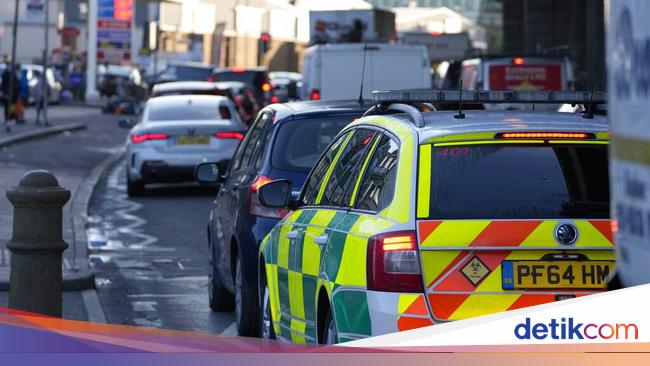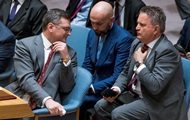The heart of the city is a hot topic, and not just when it’s 40 degrees in the shade. While some positive aspects should be highlighted (commercial holidays at 8.7%, down sharply; eight hundred new housing units created since 2016; the existence of events all year round; increasingly visible greening, etc.), one point remains black: mobility.
To move forward on this issue, the municipality wanted to give the word to the Thionvillois through city workshops. The first took place on Tuesday morning at the Puzzle (the second is scheduled for Friday 30 September, at 6 pm, at the Campanile). We can deplore a weak participation: sixteen people to be exact, including five who already sit on the council of wise men and three on the ecological transition committee. Oddly, no merchants were present. Go on.
Aguram (Urban Planning Agency for the Moselle agglomerations) provided the methodology. Elected officials Patricia Renaux and Thierry Ghezzi were present, as well as the head of the urban planning department and the new head of the Action Cœur de Ville operation.
The round table allowed the participants to highlight the dysfunctions observed daily.
–
High expectations on the bike
Obviously, the increasingly dense traffic has been the subject of overwhelming observation. “The problem with Thionville is that it is a car city, the pedestrian center is isolated,” notes one participant. Undoubtedly the expectations on the bike are high, but here too the observations merge: between the discontinuity of the cycle paths, the coexistence with the means and the absence of clear signage at the entrance to the streets of Paris and Luxembourg, the practice of two wheels it seems daunting. “There is also a map of the frames where to hang the bike. »« And why not self-service facilities suitable for rainy days? “
The issue of accessibility for people with reduced mobility stood out. Despite the work done, there is still a long way to go. Still on safety, a young woman points out that poorly positioned garbage cans over her head obstruct visibility. Noticed.
On the omnipresence of cars, “how to change mentality? The key may lie in a more efficient public transport network. “The idea of an autonomous shuttle is being studied,” remembers Patricia Renaux. More surely, the future bus network could improve the situation in 2026. In any case, its arrival will disrupt public space. In correlation, the multi-storey car parks will see the light: the first at the station, the second near the Luxembourg bastion, the last (farther) in Cormontaigne. We are moving forward.
–


